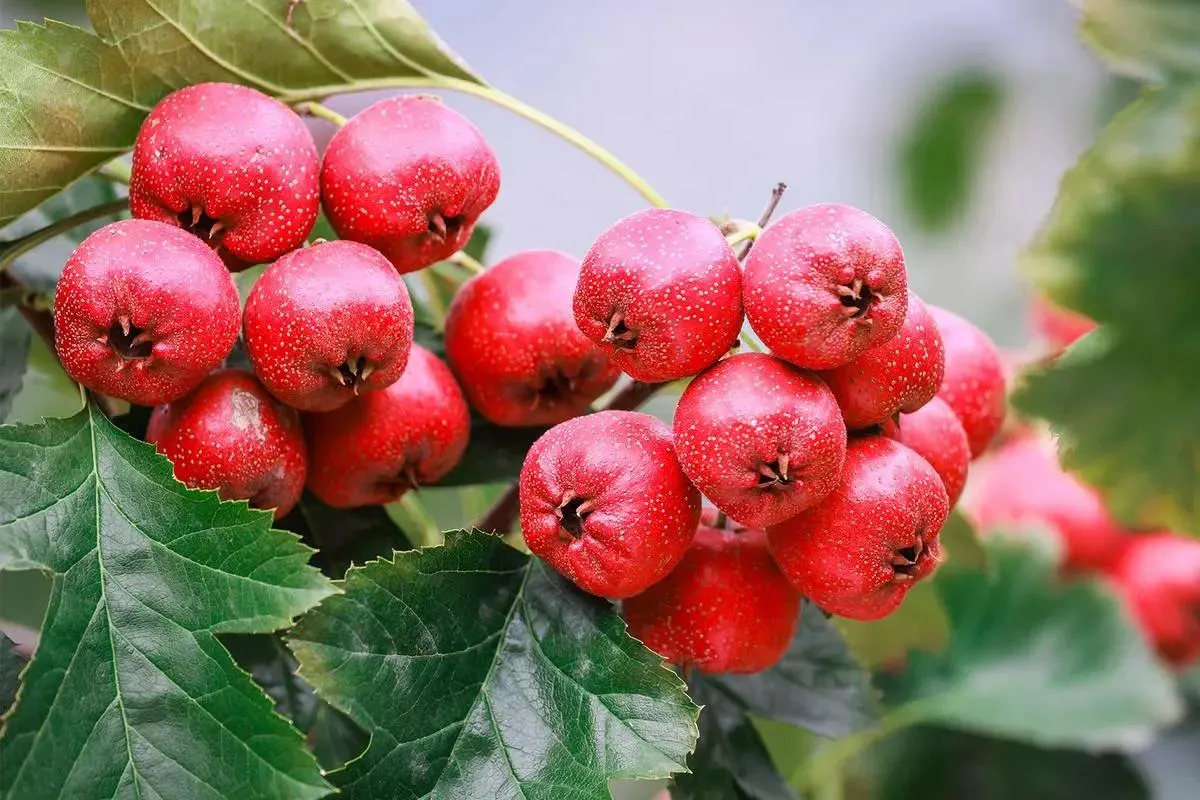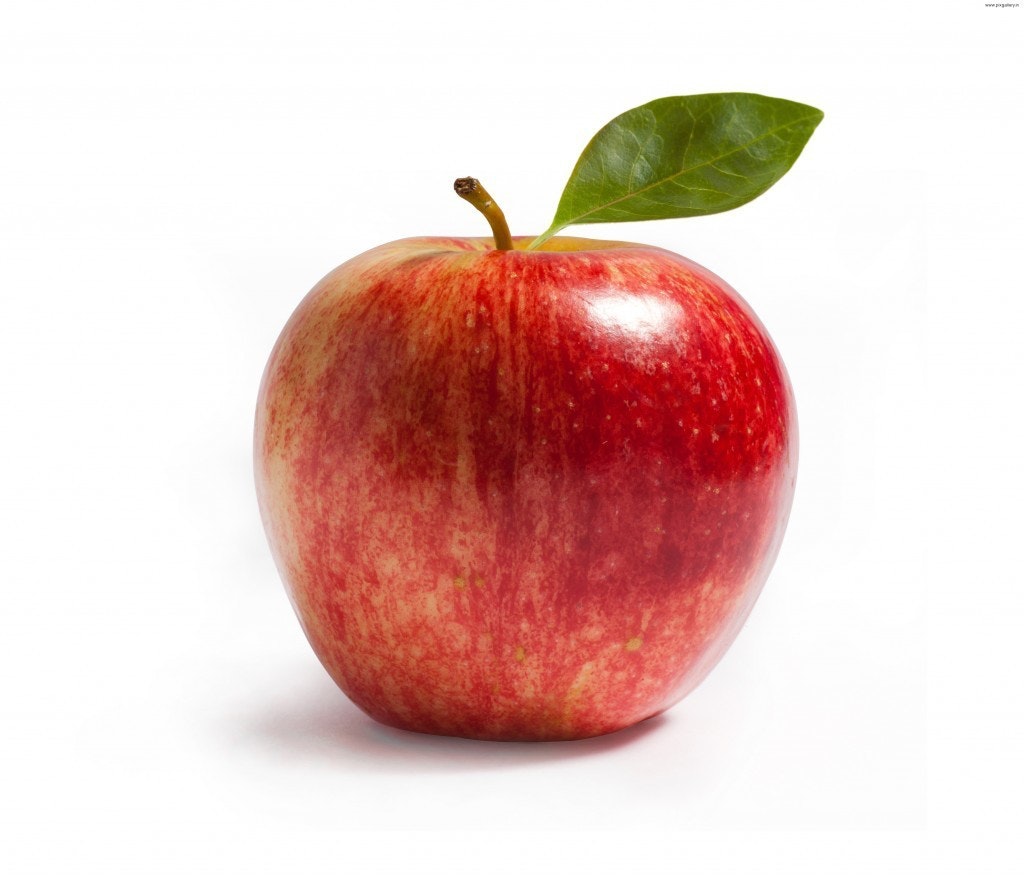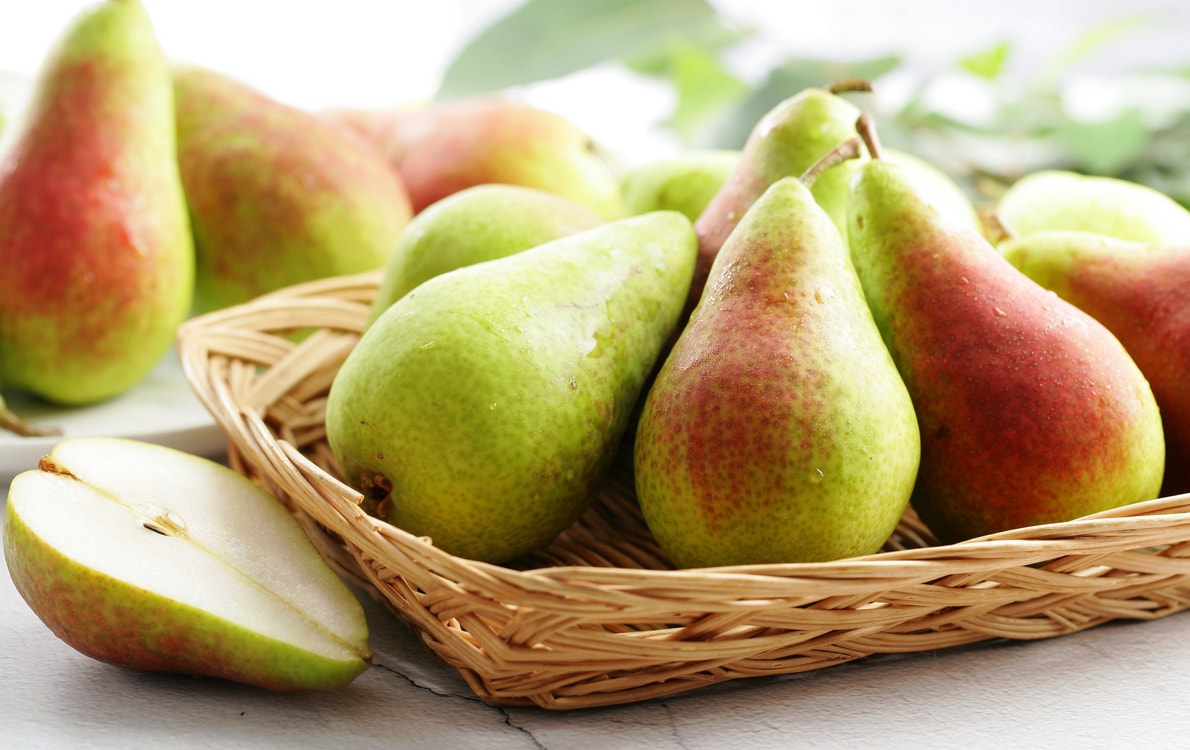Hawthorn (Crataegus pinnatifida)
Hawthorn (Crataegus pinnatifida), part of the Rosaceae family within the Crataegus genus, is a widely recognized deciduous tree or shrub celebrated for its tangy-sweet fruits and medicinal properties.
Fruit Characteristics:
Hawthorn fruits are small pomes that are generally round or nearly round with diameters ranging from 1 to 3 cm. The smooth skin turns red or deep red upon ripening; some varieties may be yellow or pink with white specks. The flesh is thin with a tart-sweet flavor; some types have a slightly mealy texture. Inside are several hard seeds.
Varietal Diversity:
Numerous hawthorn varieties exist based on differences in size, shape, color, and taste of their fruits. Common varieties include:
- Dajinxing: Large nearly round fruits with bright red glossy skin; sweet-tart flavor.
- Waibahong: Medium-sized fruits with slightly crooked tops; dark red skin; strongly tart flavor suitable for processing.
- Changkou: Flattened round fruits with open tops; red skin; soft flesh; pronounced sweet-tart flavor.
- Zhenzhuhong: Small round fruits; bright red shiny skin; balanced tart-sweet flavor.
- Sweet Hawthorn: Less tart compared to other varieties; higher sweetness ideal for fresh consumption.

Nutritional Value & Potential Benefits:
Hawthorns are nutrient-dense fruits rich in carbohydrates, dietary fiber, vitamins (notably vitamin C & carotene), and minerals (like calcium & iron). They are particularly noted for their high content of phytochemicals such as flavonoids & triterpenoids which offer antioxidant properties among other health benefits like lowering lipids & aiding digestion.
In traditional Chinese medicine (TCM), hawthorn is extensively used for improving digestion & promoting blood circulation. Modern studies also highlight its potential benefits for cardiovascular health & digestive systems.
Distribution & Cultivation:
Native to China but widely distributed, especially in northern regions, hawthorns are highly adaptable—resistant to cold & drought while requiring minimal soil conditions. They commonly grow on hillsides, in thickets, or along roadsides. Beyond being cultivated as fruit trees, they are also valued in landscaping for their ornamental appeal.



